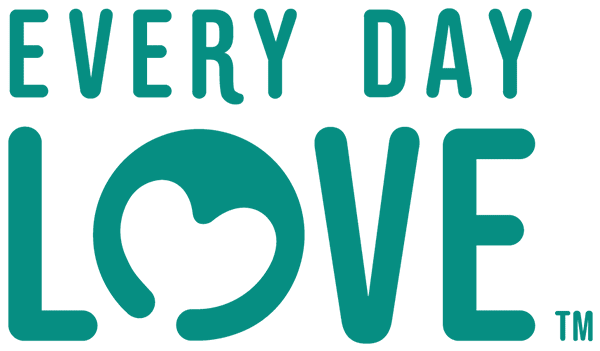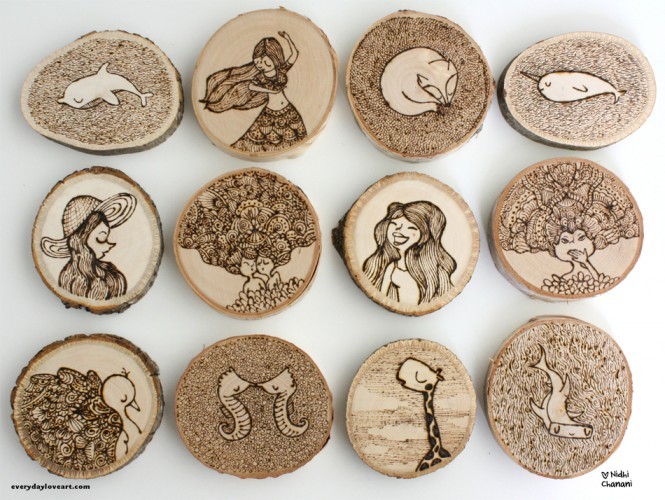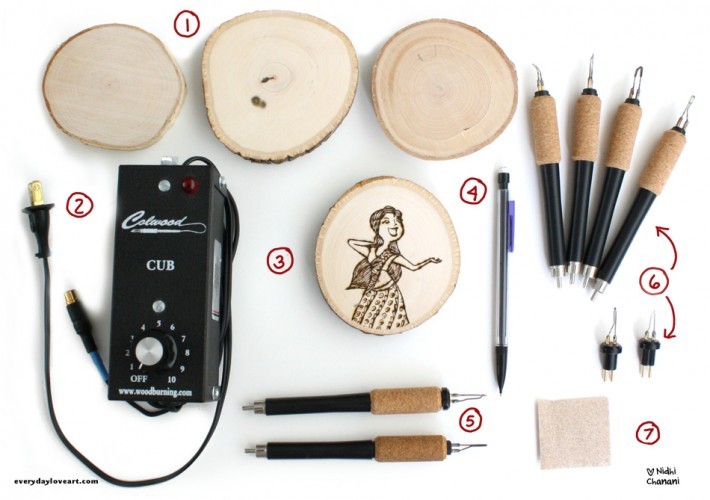burn to shine
I am super excited to announce my solo show at Trickster in Berkeley in November. Burn to Shine: 100 mini wood burnings (all the pieces will also be available for purchase online, each piece will be $65). The opening reception will be November 1st. I am posting my progress on Instagram and Facebook. Between now and November I will create 80 more pieces! It’s the largest number of wood burnings I’ve set out to create to date. It’s incredibly fun to explore different animals, backgrounds, and patterns. I create many with mehndi patterns in mind, but I also love burning waves and using negative space to create a soft and subtle environments.
I also wanted to take this opportunity to share a bit about my materials and process!
1. Wood slices. I obtain these from either Etsy, Michaels arts & crafts or Amazon. I shop for wood that is light in color without any dark marks or knots. If there are marks, I try and incorporate them into the work. The wood type varies from walnut, basswood, to cherry and oak.
2. Colwood Cub electrical unit. This unit heats my pens, it has great temperature control and its portable with a long enough cord so I can burn in my studio or living room (it smells so good!). I usually keep the temperature between 7 and 8, but when I want to create a softer, lighter background or environment I will turn it down to 6. I have never gone past 9, I think I’d burn my fingers!
3. A finished piece for the show!
4. A mechanical pencil. I use this to draw the character on the wood before burning. I never draw in pattern or background, only the central figure. Background and pattern I create in the moment. It’s my favorite part. It feels meditative and organic.
5. My two favorite fixed pens. I use both of these on each piece. One creates a thicker line I use for outlines of shape and the other I used for details like eyes, lips, and sometimes pattern.
6. Replaceable pen and replacement tips. I use these pens less often, but I do love the variety and texture I can get from them. There are two kinds of pens: fixed tips are just that, you cannot replace the tip only the whole pen. Replacement tips have one base and you can switch tips. I prefer fixed tips so I can switch mid burn and don’t have to wait for the tip to cool to take it off the base. Since I switch pens at least twice in every burn fixed tip work best for me.
7. Sand paper. Essential! If the grain on a piece of wood isn’t sanded down enough the pen will get stuck in the grooves and create a funky burn. Nearly every piece of wood can benefit from a quick sand to make sure the end result is pleasing.
That’s all from me! It’s been so much fun to work on the books during the day and burn at night – hope to see you in November ^_^



Leave a Reply
Want to join the discussion?Feel free to contribute!